
Renewing your car insurance at the right time is essential to reducing your insurance premiums. Discover how to renew your car insurance with AIG here.

Renewing your car insurance at the right time is essential to reducing your insurance premiums. Discover how to renew your car insurance with AIG here.
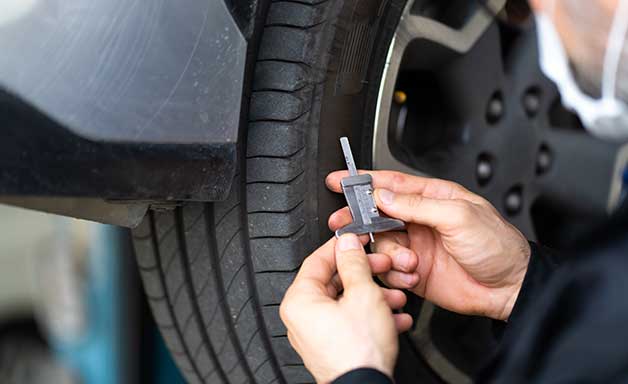
Whether you're an experienced or young driver, knowing when tyres should be replaced is essential for keeping your car in great condition. Learn more here.
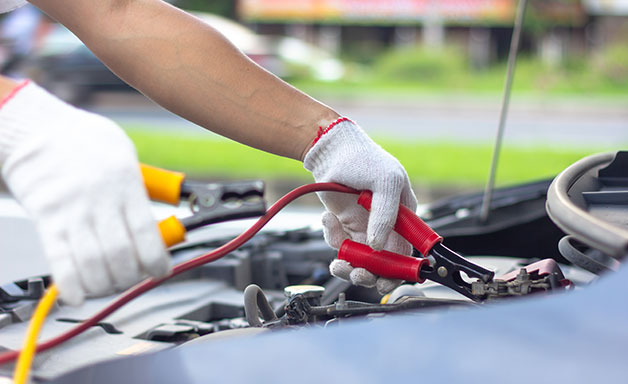
Learn how to jump start a flat battery using jump leads with our comprehensive guide, including tips on safety, connecting the leads, and when to call for help.

Time to renew your driver's licence? While it may seem like a hassle, it's very straightforward. Learn how to renew your licence quickly and easily here.
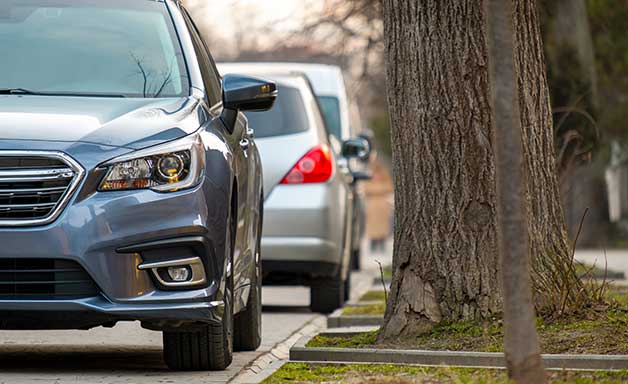
Learn how to parallel park with ease using our stress-free parallel parking guide. We break it down step by step and give you tips for practicing here.

In this article we cover 6 simple steps to help you make an informed decision and switch car insurance seamlessly. Find the right coverage for you with AIG today!

Celebrate Easter 2025 with our guide to family-friendly events in Ireland! From egg hunts to farm experiences, explore weekend events in Dublin, Kildare, Cork, and more!

Discover family-friendly St. Patrick's Day events in Ireland for 2025, from vibrant parades to historic celebrations across the provinces of Leinster, Munster, Connacht & Ulster.

Navigating Irish roads? Get essential tips on road conditions, parking, tolls, fuel, emergencies & more. Drive safely and confidently with our guide!

Driving in Ireland? This comprehensive guide covers essential rules, speed limits, drink driving laws, licensing, penalty points, and more. Check it out!

Filing a car insurance claim can be stressful. Our 6-step guide simplifies the process, providing advice every step of the way. Get the support you need from AIG.

Confused about NCD? This guide explains everything you need to know about No Claims Discount and how it affects your car insurance.

Learn about the dangers of distracted driving in Ireland, common distractions, and how to avoid them. Stay safe and legal with these essential tips from AIG
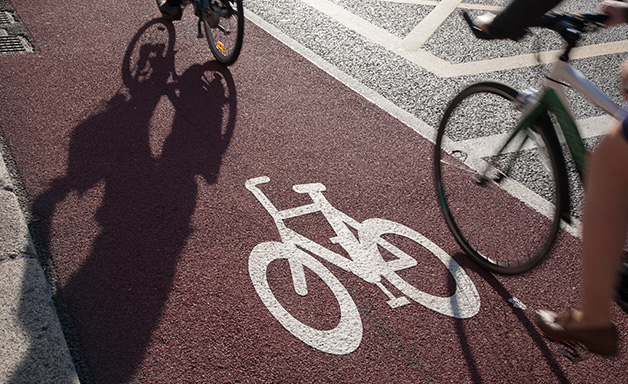
Drive safely and responsibly around cyclists. This guide covers Irish road rules, cyclist behaviour, safe overtaking, and what to do if a collision occurs.

Make long car journeys with children easier! Get practical tips for keeping kids entertained, comfortable, and safe on long car drives.

Discover the true cost of running a car in Ireland. Understanding these costs can help you budget effectively and identify areas for potential savings. Read now!

Everything you need to know about buying a second-hand car in Ireland. From budgeting and finding the right car to negotiating and legal requirements.
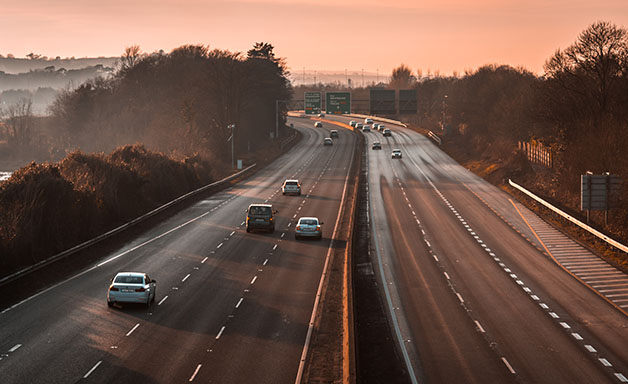
Learn how to confidently drive on motorways with our beginner's guide. From merging and overtaking to handling breakdowns, we cover it all. Drive safely and stress-free!
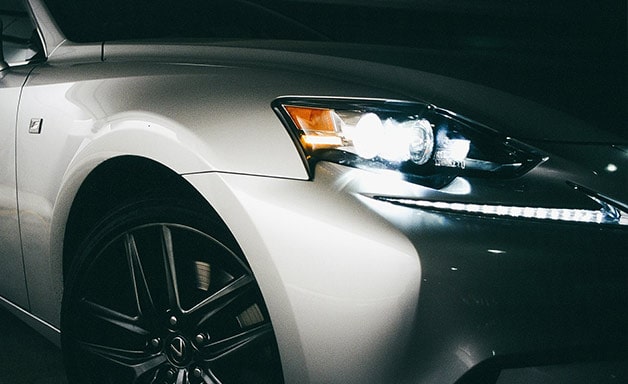
Discover the key factors influencing your car insurance premium in Ireland. AIG's guide helps you understand and potentially lower your rates. Get a quote today!

Whether you are looking for great value car, home or travel insurance, or you need to make a claim, you can find our 2024 Christmas opening hours here.
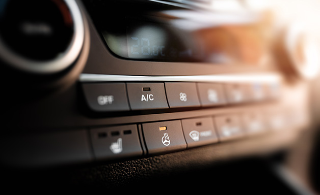
Explore the best-selling cars in Ireland in 2024. From SUVs to hybrids, get insights into market trends, year-on-year sales data, and predictions for 2025. Check it out!

Discover the best Christmas markets, Santa experiences, and festive activities across Ireland! Explore events in Leinster, Munster, Connacht & Ulster.

If you’re planning a getaway to soak up some of the best Christmas Markets Europe has to offer, check out some of these fantastic destinations that we have put together!
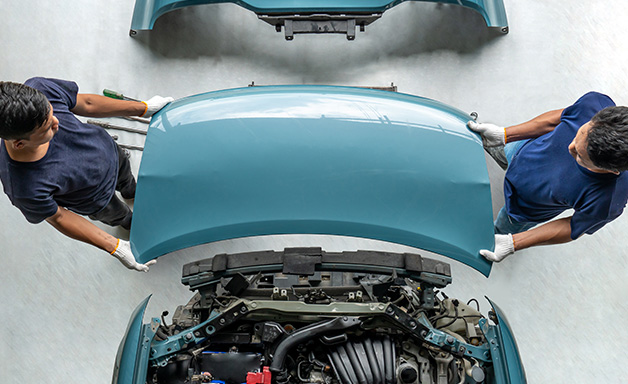
Confused about comprehensive car insurance? We break down the coverage, benefits, and exclusions in this easy-to-understand guide. Get a quote from AIG today.

Discover the best family-friendly Halloween events & activities in Ireland in 2024. From pumpkin patches to haunted houses, plan a fun Halloween adventure for your family.

Learn how to protect your car from theft with our comprehensive guide. Get tips on prevention, security measures, and what to do if your car is stolen.
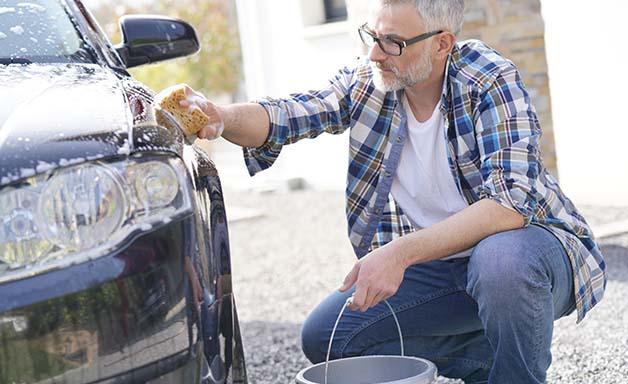
Learn how to wash your car at home like a pro with our step-by-step guide. From supplies to techniques, get a sparkling clean car every time.

Equip your teen with safe driving skills! Learn how to teach responsible driving habits, choose the right car, and understand insurance options for young drivers.

Experience the magic of Ireland on these 7 breathtaking scenic drives. From dramatic cliffs to charming villages, prepare to be captivated by the Emerald Isle's beauty!

Traveling with kids? Turn airport chaos into holiday fun! Our guide has tips for planning, packing, entertaining kids, and staying sane on your trip. Check it out!
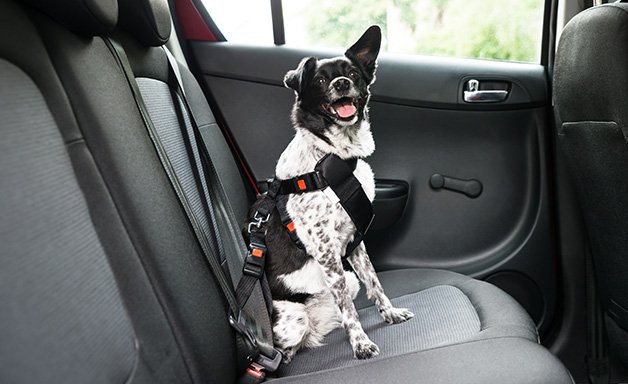
Planning a road trip with your furry friend? Discover essential tips for traveling with your dog in the car, from preparing for the trip to ensuring their comfort & safety.

Planning a European road trip? This guide covers insurance, rules, & tips for a smooth & enjoyable road trip. Start planning your adventure.

Safe driving is everyone's responsibility. By understanding and actively working to prevent the most common causes of car accidents, we can make our roads safer for all users.
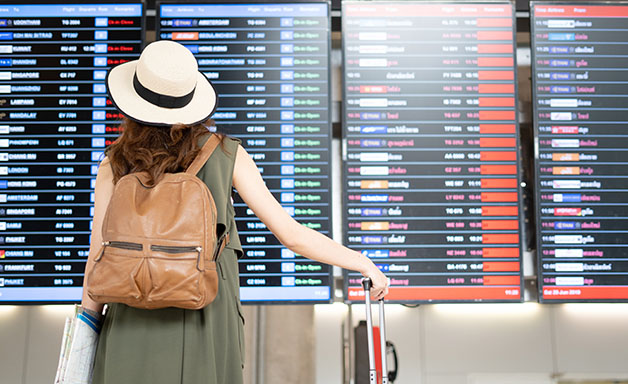
Don't let flight cancellations & delays ruin your travel plans. Learn about your rights as a passenger, how to manage disruptions, and the importance of travel insurance.

Looking for a family holiday destination within short flight from Ireland? Discover the best family holiday destinations under 3 hours from Dublin Airport. Check it out!

Explore our list with the top 10 best cars for first-time drivers in Ireland. Our guide considers safety, affordability, and reliability to help you choose wisely.

Learn about the risks of travelling without insurance and how AIG travel insurance can protect you from financial losses and other setbacks during your travels.

Learn about black box car insurance and how telematics technology can promote safer driving habits and potentially lower insurance costs.

Are you a new driver in Ireland looking to buy your first car? Our comprehensive guide outlines the steps to make your car-buying journey as smooth as possible. Check it out!

Celebrate Valentine's Day at home with these romantic and creative date ideas. From movie nights to gourmet cooking session. Get closer and create lasting memories!

Searching for car insurance but struggling with the terminology? Our handy can insurance terminology guide will help you to cut through the jargon.

Looking for the perfect Ski Resort in Europe? Our comprehensive guide highlights the top destinations for families, beginners, snow enthusiasts, and more. Check it out!
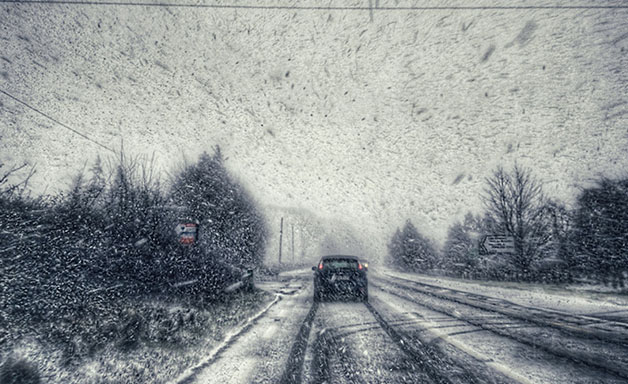
Prepare for diverse winter conditions with our comprehensive guide on winter driving techniques. Learn tips for driving in fog, high winds, ice, snow, and heavy rain.

Don't forget anything on your next ski trip! From essential skiing attire to après-ski wear, this guide covers everything you need to pack for your snowy adventure.

Driving a new car can be exciting yet daunting. Our article provides practical tips on how to get used to a new car, ensuring your journey is smooth, safe, and satisfying.

Discover the top trends shaping the automotive industry in 2024, including electric car shift, autonomous driving progress, evolving ownership models and more.
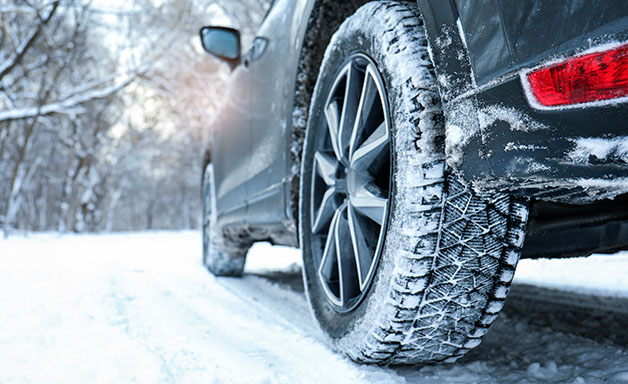
Ensure your car is equipped to handle the cold weather with these 8 essential tips for winter car care. From battery checks to emergency kits, stay safe on the road this winter.

Escape the cold Irish winter with these top 7 winter sun destinations in Europe, easily accessible from Ireland. Explore cultural wonders and bask in the warm sunshine.

Planning a trip to South America? In this travel guide we will provide valuable tips & insights to make your adventure more enjoyable and, most importantly, hassle-free.

Timing is Key: Read our comprehensive guide to discover optimal buying periods to buy a car in Ireland. From registration plates to seasonal promotions, we cover it all.
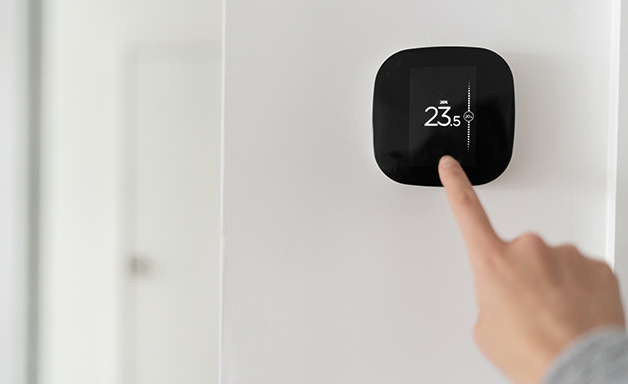
Don't let high utility bills drain your finances. Read our comprehensive guide to discover simple yet effective ways to lower your monthly expense today.

Learn about car safety features and technology available and make safer choices on the road, as they contribute to overall road safety by preventing accidents.

Uncover essential tips for hiring a car abroad and navigating excess insurance. Enjoy a hassle-free car rental experience on your next overseas adventure!

Get into the Halloween spirit and spend some quality time with your child creating spooky crafts, delicious treats and more with our list of 10 activities.

Mastering budgeting empowers beginners to achieve financial goals and security. Read our blog and discover tips on how to build a budget and stick to it.
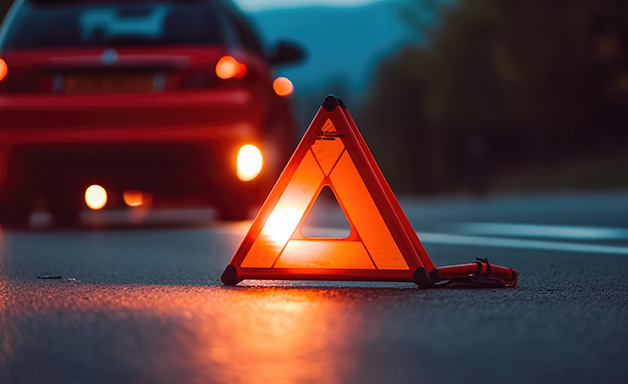
Vulnerable road users are those who are exposed to greater risk when navigating our roads. Read our guide and know how you can do your bit to protect road users.

Adopting the lifestyle of a digital nomad? We've prepared a guide to ensure you have adequate travel insurance coverage while living and working abroad. Read now!
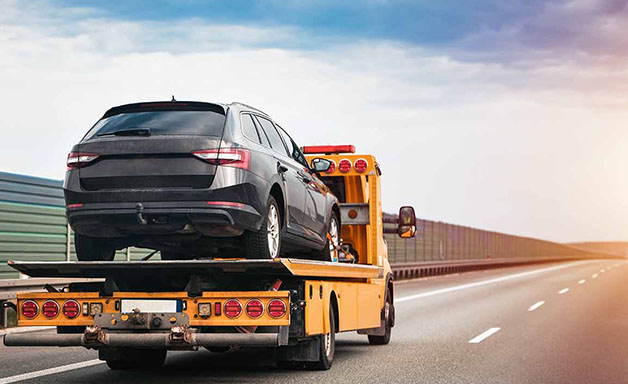
Discover the differences between third-party fire & theft and comprehensive car insurance. Get clarity on coverage, benefits, and find the right insurance option for your needs. Check it out!
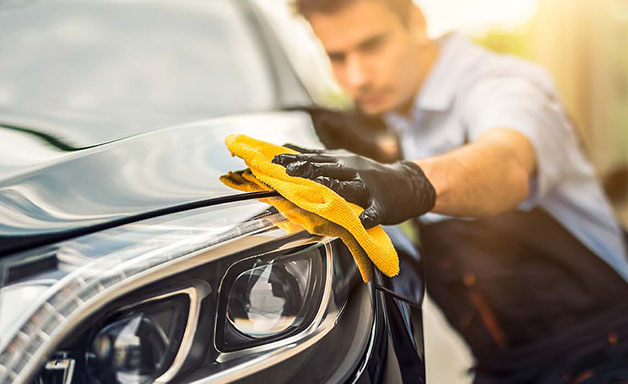
Understand what factors affect a car's resale value the most and apply these strategies and tips to keep your car in top condition and retain its value. Check it out!

Learn about Irish child car safety rules, including the legal requirements for seating children in the front seat, types of child car seats, & tips to avoid common mistakes.

Discover valuable techniques to stay awake behind the wheel and combat driver fatigue on the road. Read our effective strategies and ensure your safety while driving.

Struggling with the decision of buying a new or old car? Read our valuable insights to help determine which option best suits your needs before making the big purchase.

Seeking ways to save money on overall car expenses? Follow these simple tips on how can fuel efficiency be improved and you should be filling up less often.

Whether you're planning your first backpacking trip or you're a seasoned pro, these essential Backpacking Travel Tips will help you get the most out of your next adventure.

Get more bang for your buck on your next city break. See historical sights, beautiful architecture and sip on a pint for as little as €2.

Are you a commuter looking for a car that can handle the daily grind? Check the best cars for commuters that are efficient, comfortable, and well-suited for different driving conditions.
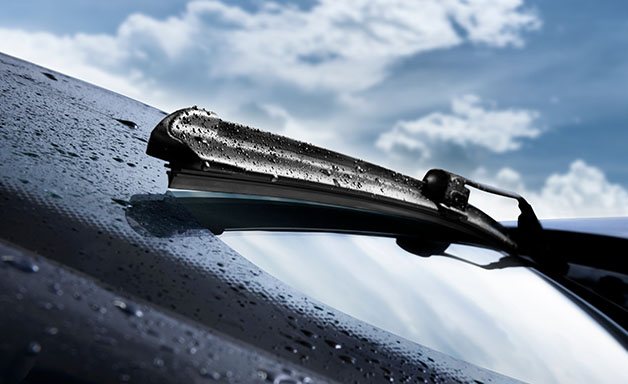
Whether you’re a new driver or an experienced one, it's always important to know the basics of keeping your car in good repair. We’ve put together this basic car maintenance check list which we’ve also illustrated with a handy car repair and maintenance infographic.
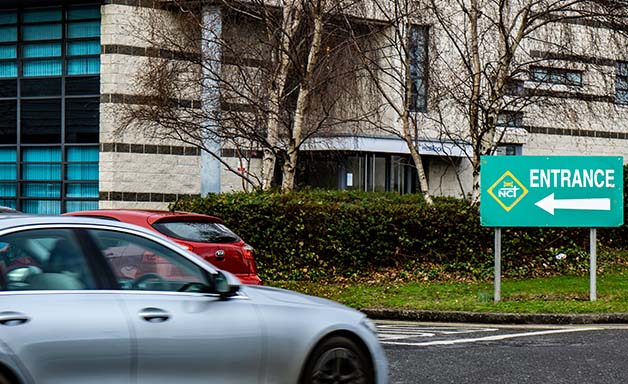
We investigate what the NCT is and is not and give you a handy checklist to prepare your vehicle. Don’t miss out!

Planning a ski trip this winter? We have put together our top tips on ski safety to help keep you safe on the slopes this winter. Click here to read more.
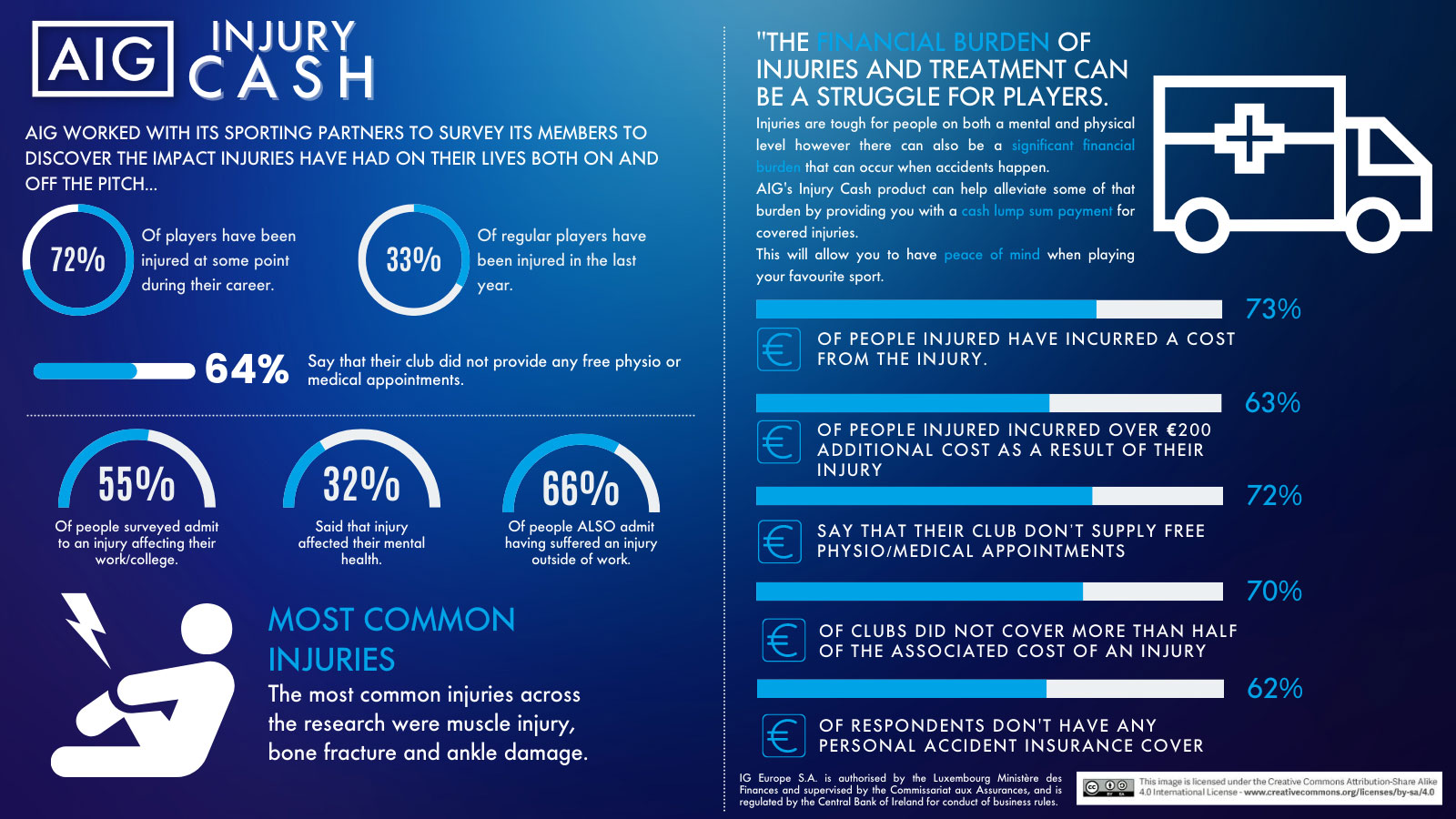
New research has found that 72% of Irish people who regularly participate in sport have sustained an injury while playing, with 73% of those injured incurring a significant financial cost as a result.
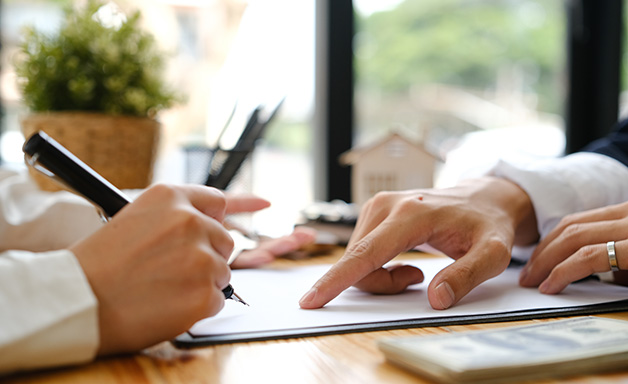
Hoping to get a mortgage in the next year or so? So, you are in the right place! Here are six things to avoid if you are looking for mortgage approval in Ireland.
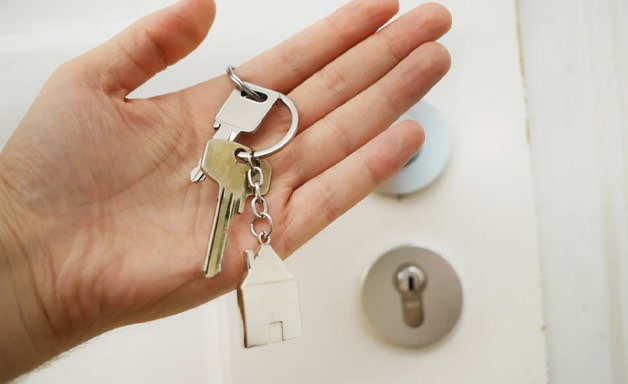
Buying a new house is stressful enough without stressing about home insurance policies. Learn more about insuring your new house.
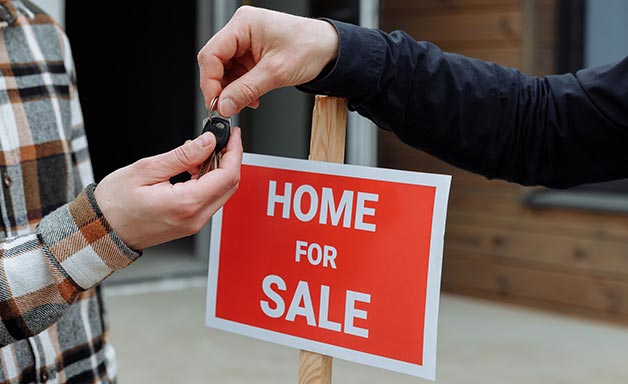
Buying a house can seem like a complicated process. We’ve put together a written guide on the step-by-step process to buying your first home in Ireland. Check it out!

Moving out on your own for the first time is a big step. We can shine a light on what you need to do to ensure your first-time renting goes smoothly. Read our guide!

Planning to travel alone? Make sure you enjoy every moment of your solo trip. Use our guide for travel tips, packing, safety measures, making friends and much more.
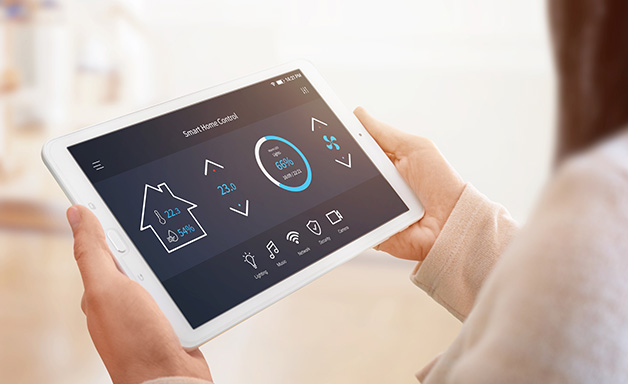
The future is here. Reading a meter, coming home to a cold house and vacuuming may soon be things of the past. Find out how to benefit from smart house technology.
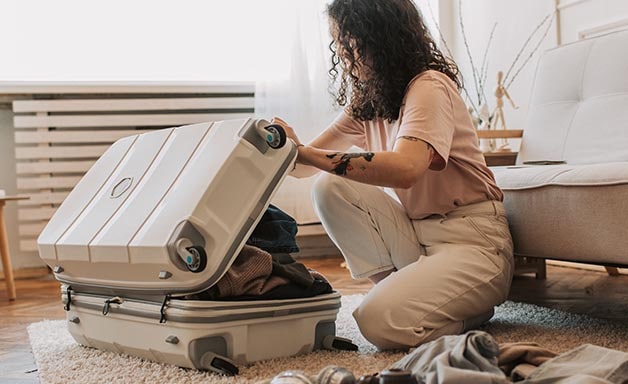
Are you planning a trip to South America? We answer the practical questions you have planning to travel in South America. Let’s get started!
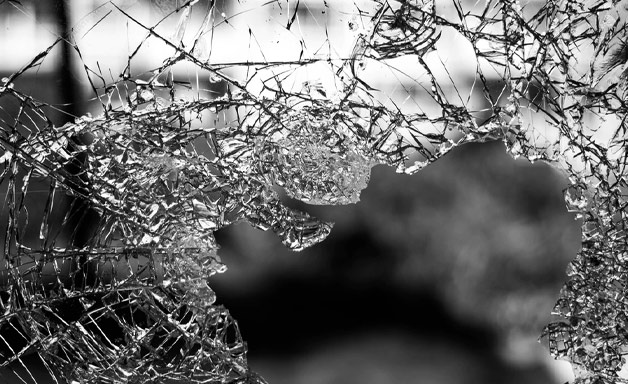
Take the stress out of making a claim on your home insurance with our step by step guide. Discover the dos and don’ts of making a claim.
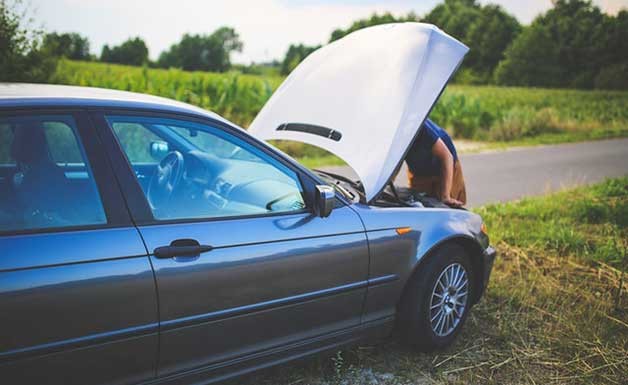
Learn essential tips to handle roadside emergencies and ensure safe travels. Whether you're involved in an accident, or your car simply dies, our guide can help.
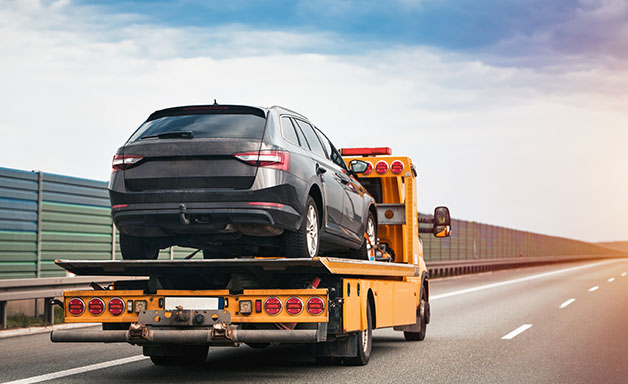
Learn about AIG Breakdown Assistance and other useful Car Insurance Extras. We provide 24 hour assistance, 7 days a week, roadside assistance, windscreen cover and more.

No one plans to be involved in an accident on the road, but it can happen. Our guide takes you through the steps required when you’ve been involved in a car accident.

To help ensure you buy a car that isn't going to break down on you and that won't cost you a fortune to run, here are some tips to use when buying a new car. Read now!

The automotive industry is finally re-emerging after a tough time. In this article we outline the top trends affecting the motor industry in 2022. Read now!
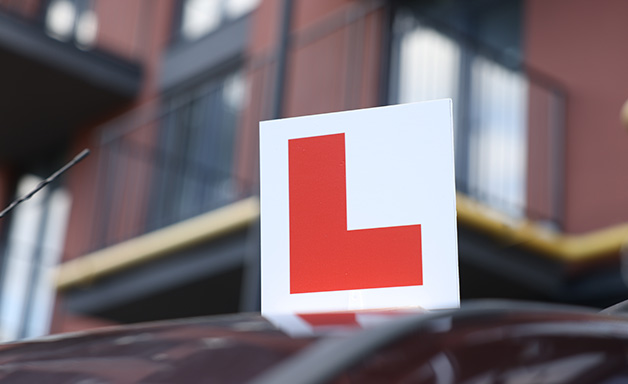
Prepping for your theory test can seem daunting – there’s a lot to cover. Use our helpful guide to prepare for your Driver Theory Test and pass the first time.
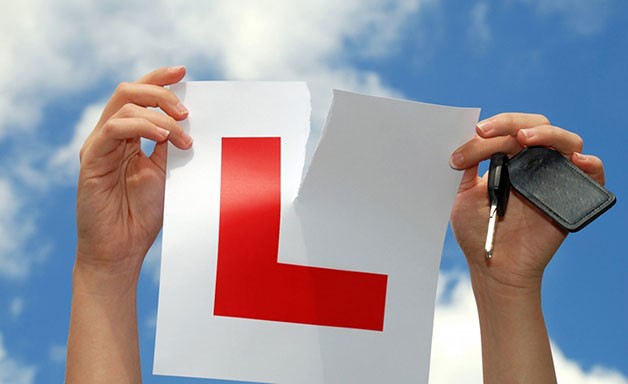
Ready to sit your driving test? Check out our tips for passing and discover the top reasons why people fail. Be prepared with AIG.
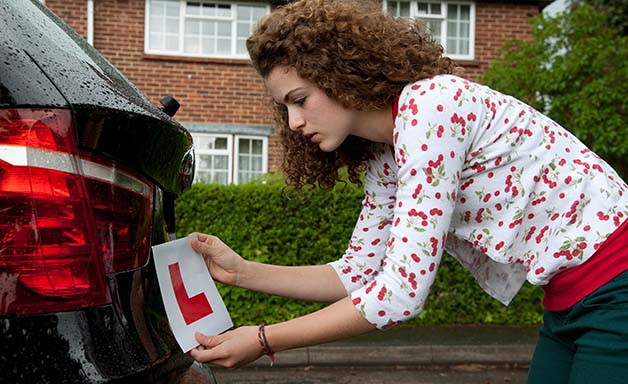
Time to apply for your first full licence or learner permit? Or is it time to renew? Avoid hassle and multiple trips to the NDLS centre with our document checklist.

The US, Canada and Caribbean each offer their own completely amazing and unique characteristics. Read our guide and make the most of your trip.

Planning a trip to Australia or New Zealand and wondering what your travel policy or what visa you need? Read our guide and make the most of your trip.
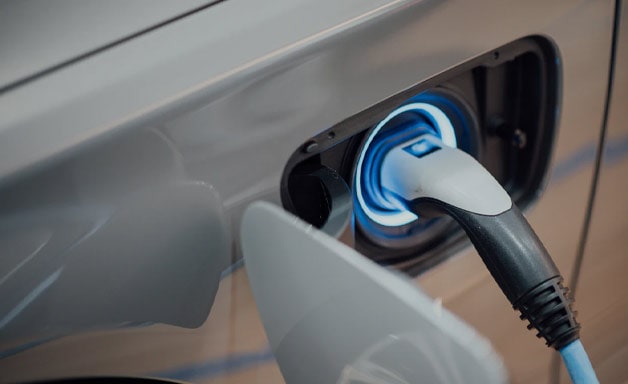
We find out if e-cars are cheaper to insure and give you a checklist of things to consider when insuring an electric car. Learn more now.

Looking for a cheaper car insurance quote? Find out why you may be struggling to find one and how AIG Car Insurance could help.

Buying an electric car has major benefits: it’s better for the environment, your health and your wallet! Learn about the grants and discounts available.

Travelling abroad to Europe means you are going to need travel insurance. Read our guide on what travel insurance you need.
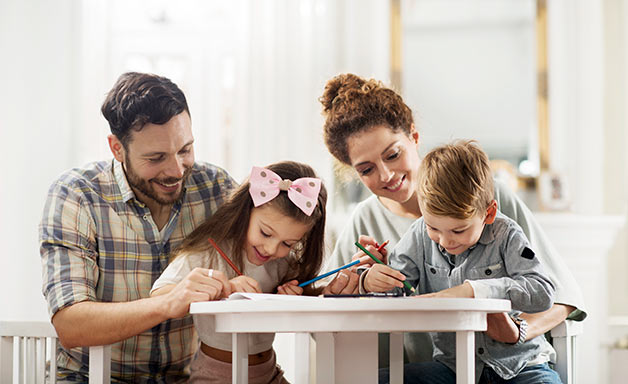
Family life can be, and usually is, hectic! We've created some guides that may help navigate the crazy day-to-day of family life.

Use our interactive Family Time Map to find out what’s on in County Galway. Family Activities? Restaurants? Playgrounds? We’ve got it all covered.

Use our interactive Family Time Map to find out what’s on in County Cork. Family Activities? Restaurants? Playgrounds? We’ve got it all covered.

Use our interactive Family Time Map to find out what’s on in South County Dublin. Activities? Restaurants? Playgrounds? We’ve got it all covered.

Use our interactive Family Time Map to find out what’s on in North County Dublin. Activities? Restaurants? Playgrounds? We’ve got it all covered.
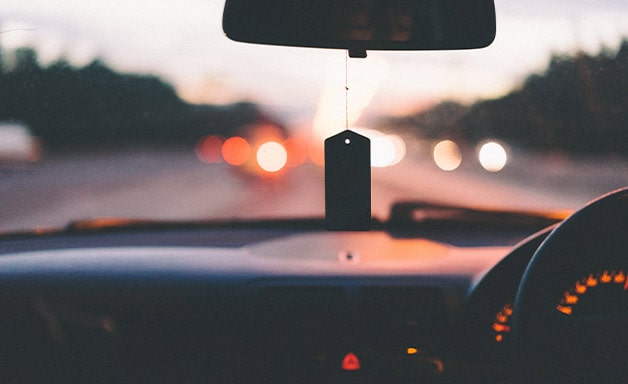
Whether you need learner driver insurance for your own car or insurance for learner drivers on a parents car, we’ve the first time drivers insurance for you.
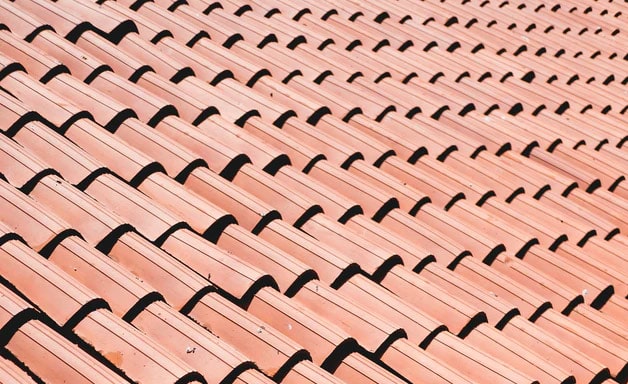
Your roof is your frontline defence against inclement weather, damp, and other hazards. Learn how to take care of it with our maintenance and inspection tips.

Your car’s windscreen is one of the most important parts of your car to keep clean and safe. Learn essential car glass care tips here.
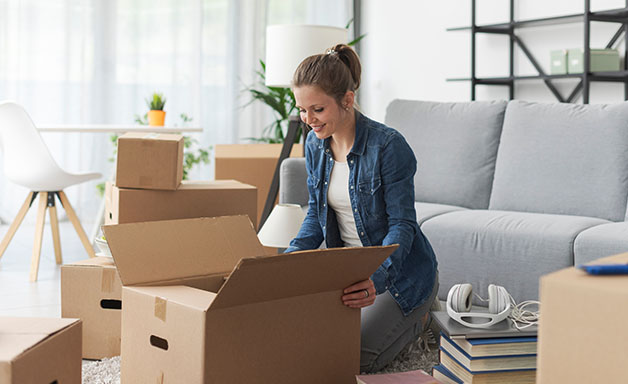
Getting your home ready to sell doesn't have to be difficult. Check out our easy to follow tips on how to prepare your property for the market here.

Thinking about buying a second home? From holiday homes to rental properties, here are our top 6 things to consider when buying your new property.

Discover 5 scenic hikes in Ireland with suitable options for seasoned hikers and beginners. Don’t forget your camera for those views.
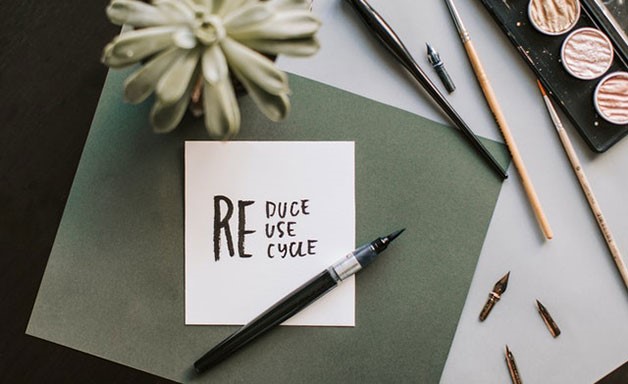
Discover how you can reduce waste in your home, recycle correctly and save money while helping the planet with our helpful tips.
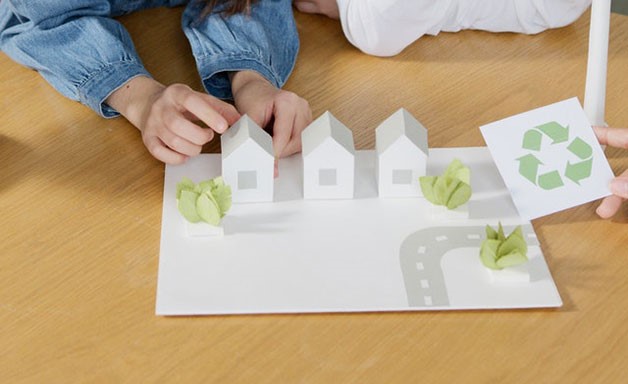
Learn the steps you can take to improve your home’s BER rating that can result in lower energy bills, better home sustainability and added value to your home.
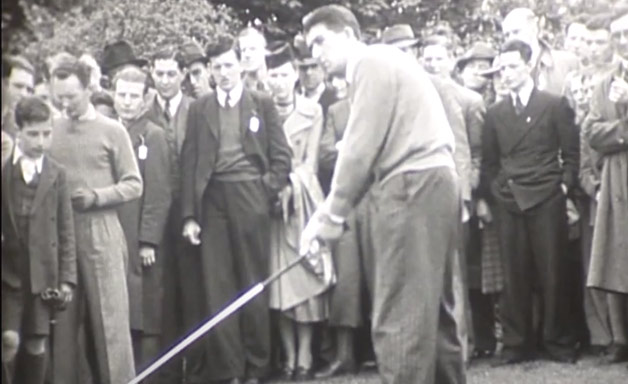
Few people alive today will have seen Jimmy Bruen in his prime. One of Ireland’s greatest golfers, the 100th anniversary of his birth falls on Friday, May 8.

Running can be for everyone. Find out everything you need to get started and stay motivated on your running journey.

As the COVID-19 pandemic evolves, AIG remains focused on the safety of our colleagues and those around us while continuing to serve our customers.

Is your home feeling a little cramped by laptops, toys and everything else? Use our easy-to-follow steps to declutter your home and keep it that way.

Working from home? We want to help. Discover our 10 tips to keep you motivated and your mind well throughout the day.

Planning a staycation with your family? Discover our recommendations for weekend breaks for families in Ireland here. There’s no place like home.

New to driving? Check out these 10 tips to get you ready for your full test and hopefully pass the first time around.
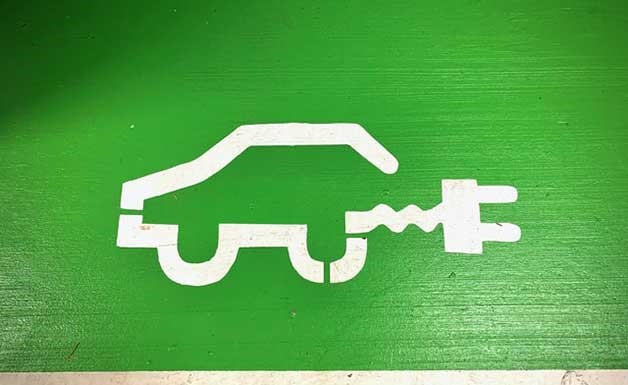
Thinking of going electric or considering a hybrid car? Learn all about the different pros and cons of each and choose the right car for you.

With more companies offering remote working options, we chat to North Design about creating a home office space to increase your productivity and comfort.
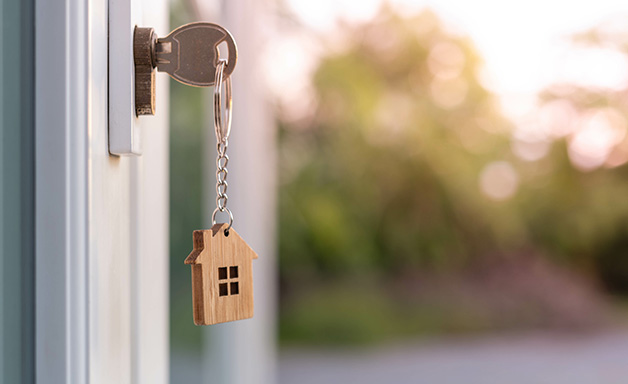
Here's what happens after you go 'sale agreed' and the things you need to know when buying property in Ireland.

When backpacking there’s things you need and things you definitely don’t. Find out what’s essential.

Grab your mates ready for the trip of a lifetime! Discover our guide to the best locations for surfing, golfing, craic and lots more on our magnificent island.

Your family holiday can be stressful enough – Our helpful infographic can make traveling through the airport with your little ones simple.

Want to stretch your legs with your family in Cork? Don’t miss our guide to 10 family friendly walks in Cork for children of all ages.

Want to stretch your legs with your family in the west? Check out our guide to 10 family friendly walks in Galway for children of all ages.

Family travel can be fun! Use our infographic & guide for tips on packing, security, play areas + more at Dublin Airport. Start your holiday the right way.

AIG, the Official Insurance Partner to the LGFA revealed our exclusive car and home insurance deals for LGFA members and their families.

Save money, avoid fees and have a stress-free holiday: Discover the reasons why Car Hire Excess Insurance should be at the top your holiday packing list.

We’re debunking some of the top home and contents insurance myths in Ireland. Could they be affecting your policy? It’s time to find out.

Whether a family holiday or business trip away, don't let airport crime impact you or your trip. Read up on our top 8 tips in staying safe at the airport.
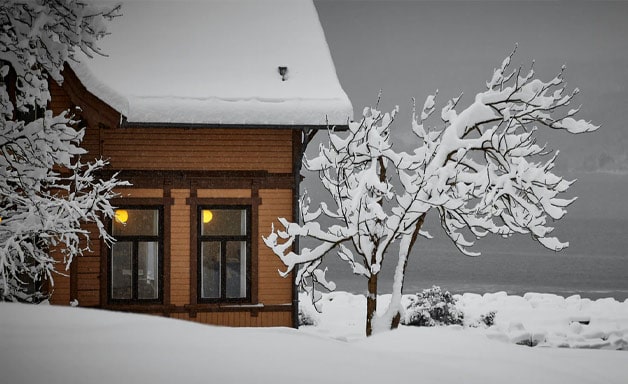
The number of winter storms hitting Ireland is increasing. We share some tips to ensure you are prepared for whatever the weather throws at us this winter.

With 2019 on the horizon, AIG has uncovered some stunning cities with plenty to do only a mere hop away from Ireland.

Struggling to hit the ball straight down the fairway? Or maybe it flies high but not far enough. Your swing might be the problem. We have some tips to help.

Feeling left out when your colleagues and friends hit the fairways? Check out our beginner’s guide golf with tips to get started and some fun games to try.

Just started playing golf? Or playing for a while and looking to improve your handicap? We have some tips to help that you may not have thought of.

Feel stressed behind the wheel? Check out our advanced driving tips from an expert and see how you can improve.
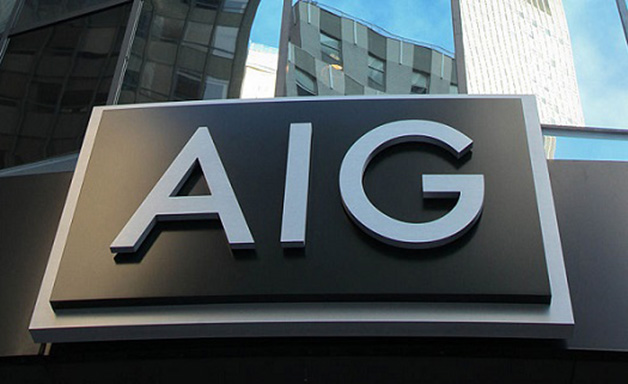
AIG Europe Limited (AEL) is undertaking a restructure as part of its plans for the UK leaving the European Union. Read more
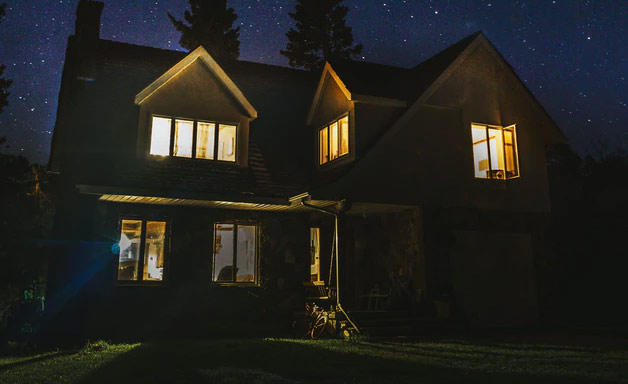
Don’t make your home a target for burglars this summer. Check out our top tips for keeping your home secure today.

Travelling with an infant can be overwhelming if you are not appropriately prepared. Find out more today.
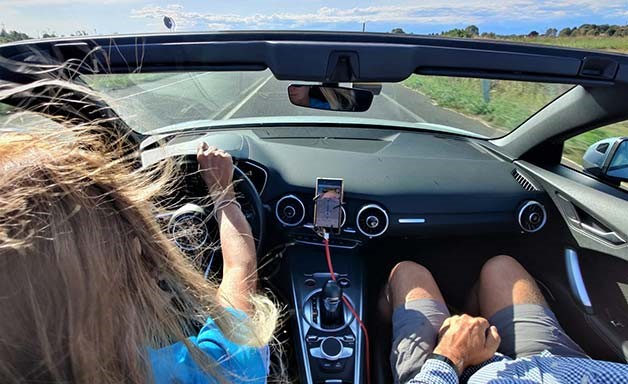
Bringing the car to France? Or hiring a car abroad? Check out our tips for driving on the other side of the road today.

Buying travel insurance that late could mean you are subject to some huge expenses. Check out our infographic today.

Mountain hikes, cliff walks, and city strolls. Check out one of these 10 family friendly walks for easy walks in Dublin. Pack up a picnic and hit the trails.

Looking for something free to do with the family? Here are our suggestions around Ireland. Don’t miss out!

Having our home broken into is a nightmare thought but what should we do if we are a victim? Don’t miss our step by step guide.

Losing a loved one while away from home is devastating. We have a step by step guide on what you need to do.

You are at greatest risk of being a victim of crime in the first 24 hours of a trip abroad. Protect yourself, your family and your stuff with our easy tips.

Did you know one third of Irish people are at home when they are burgled? Find out how to keep your home secure today.

Do you know what all risk insurance is? If not and you own a home this is for you! Learn more about home insurance today.

An African Safari is the holiday of a lifetime but it takes lots of planning. If you are hoping to go see the big 5, find out what you need to know.

Two intercounty stars talk training, motivation and GAA goals in the latest instalments of #DublinOurTeam. Not to be missed!

Renting a car on holidays offers lots of freedom but it can be expensive if you don’t avoid these common mistakes.
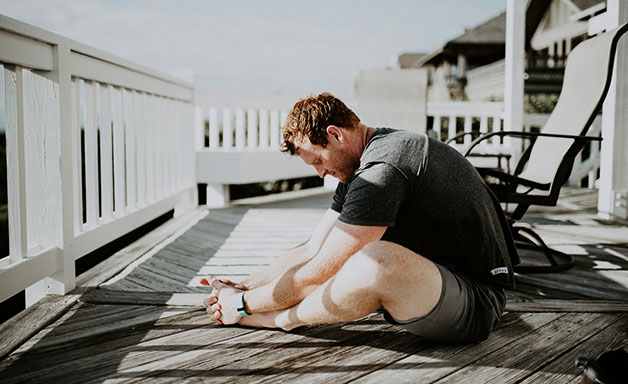
Varying your stretches will help to bring maximum benefit to your body so AIG have created this handy guide to stretches you should be doing.
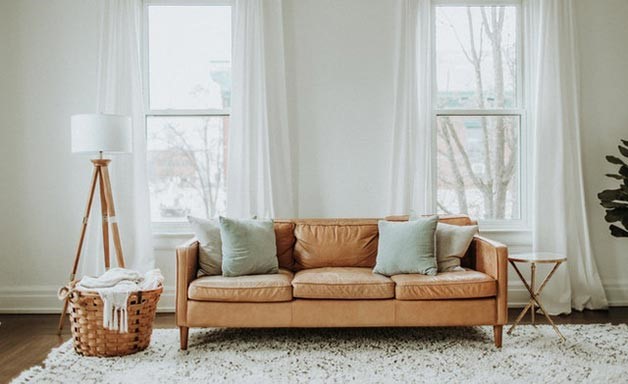
Small improvements can make a big difference to your home, both when you’re living in it and when you come to sell.

High value items should be named on your insurance to make sure they are adequately covered. Here are some of top picks to consider.
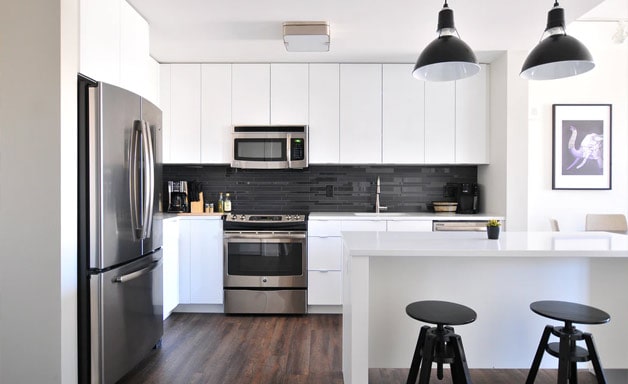
AIG's list of items you often overlooking when declaring the contents of your home for home insurance; fridges, washing machines and more.
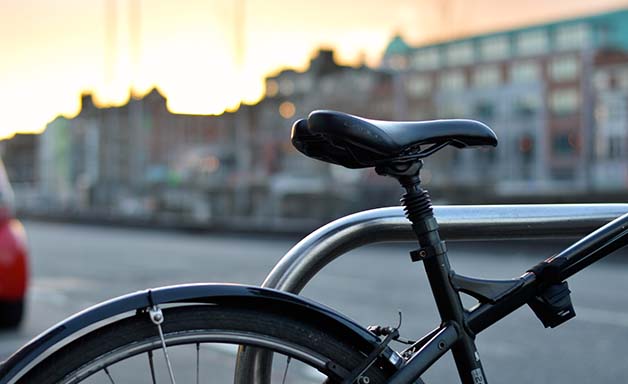
Need help cycling in the city? Follow these steps by AIG to stay safe on the roads when cycling in an urban environment.

You don’t need to get too far to find some great scuba diving locations. Click here to see some of the best dive sports that Europe has to offer.
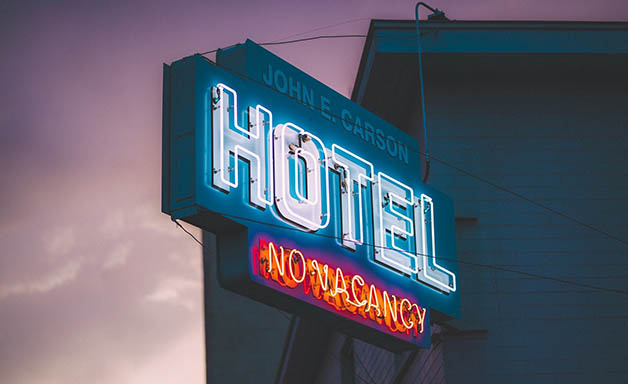
Unfortunately, hotel room theft can be a very real concern while you are relaxing on holiday. These simple steps will help you improve your security.

Planning a European trip? Our helpful infographic explains 8 of the most common travel scams to help keep you safe on your next trip away.

Nobody likes to pay more than they have to for their home insurance, so we have put together our top tips on how to save money on your premiums.

Planning a gap year abroad can be as daunting as it is exciting. So we have put together a list of tips to help you plan a safe and enjoyable trip.

Family ferry holidays are great for minimising the stress of travel. We've selected some top ferry tips that will remind you getting there is half the fun.

With scenery-seekers in mind, AIG has come up with 10 stunning cities that are a short three-hour flight away. Stunning stops in Ireland’s backyard.